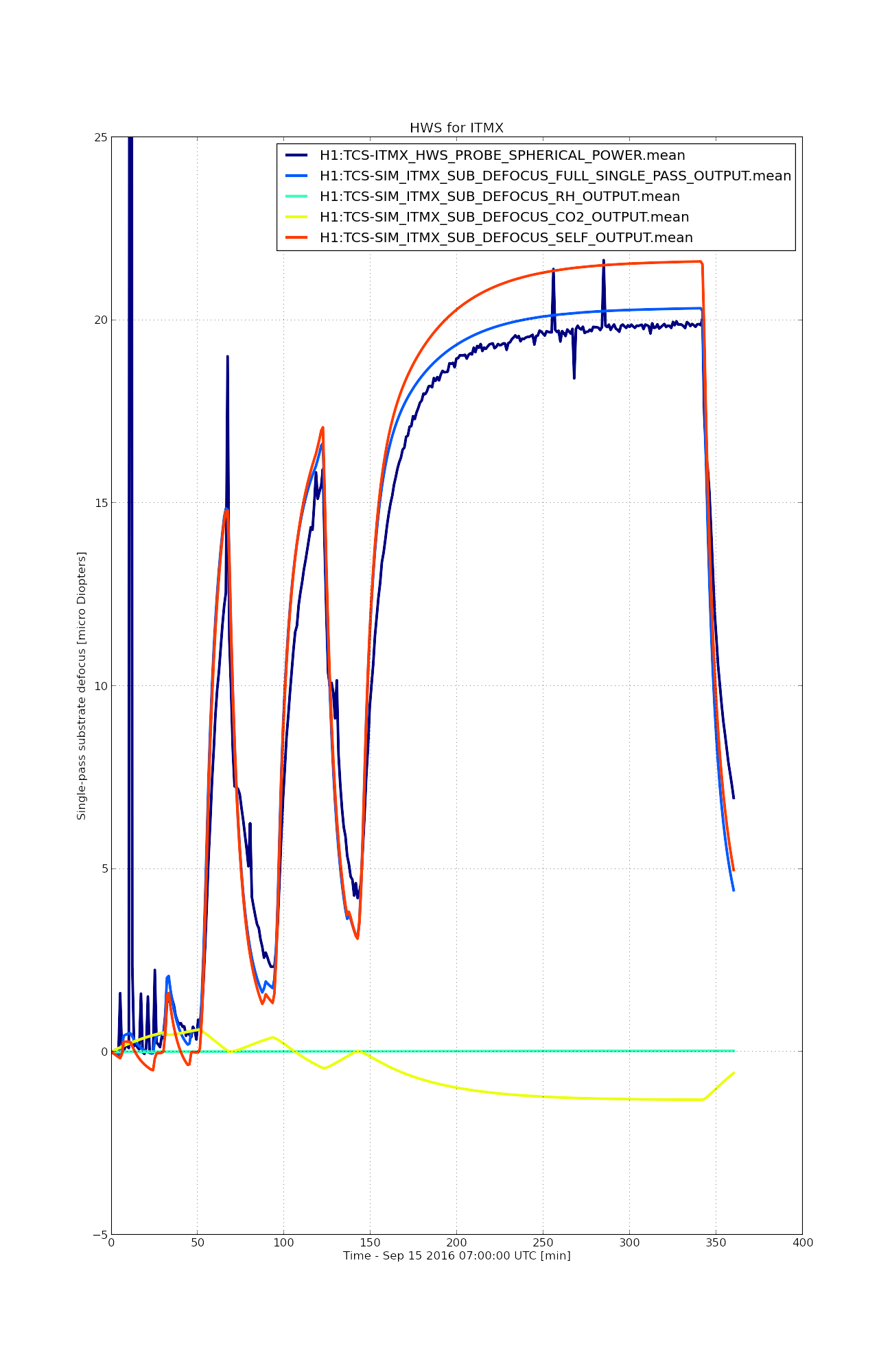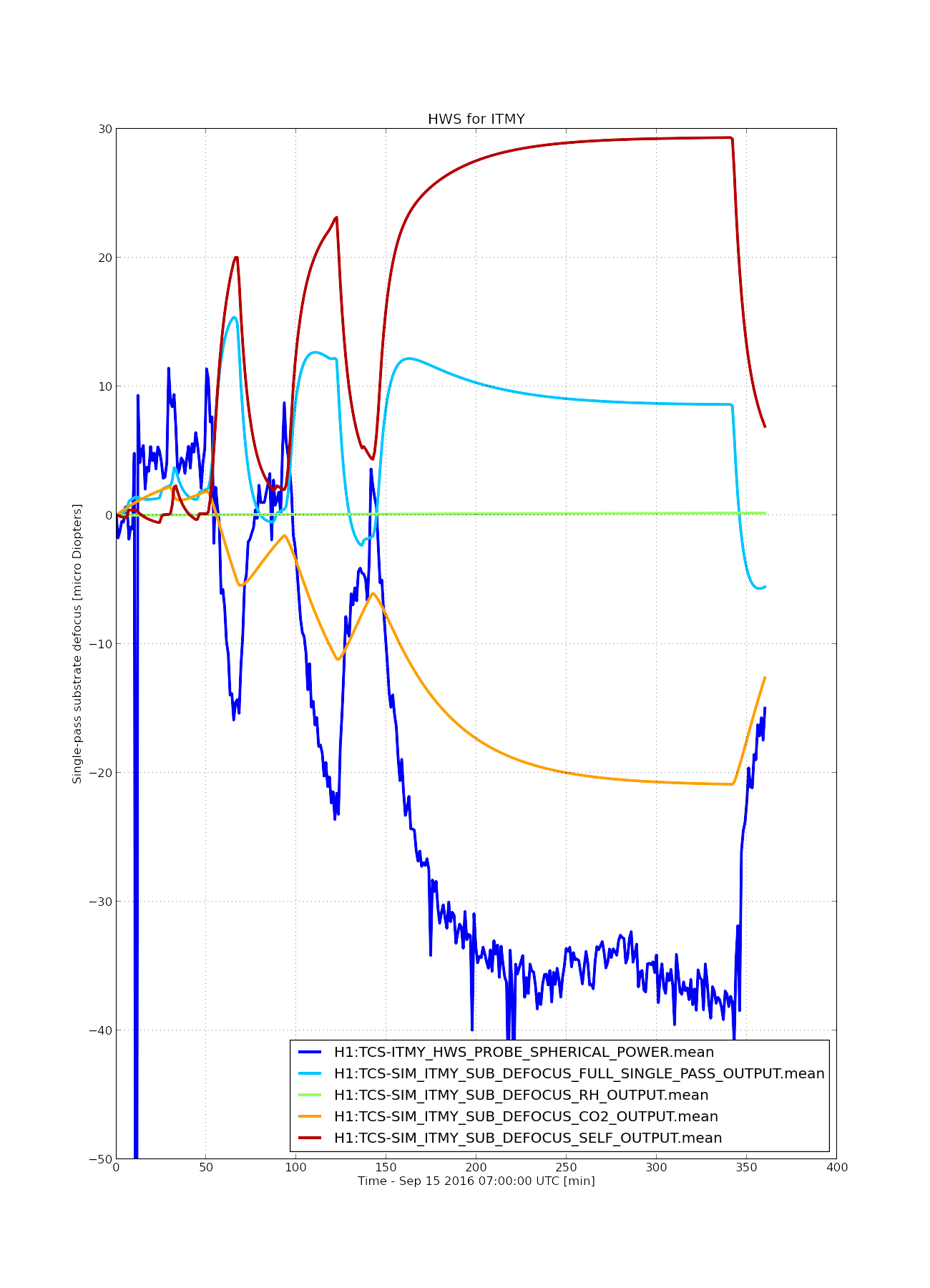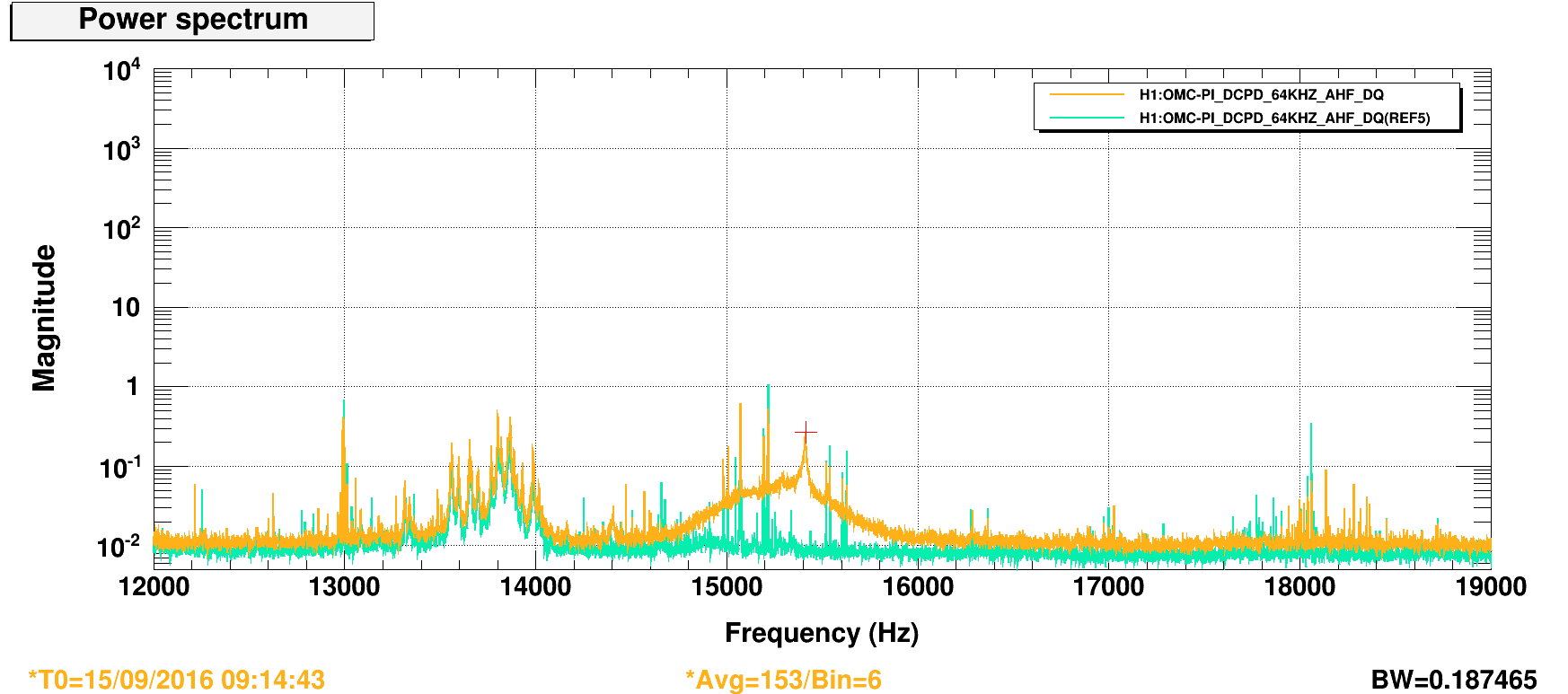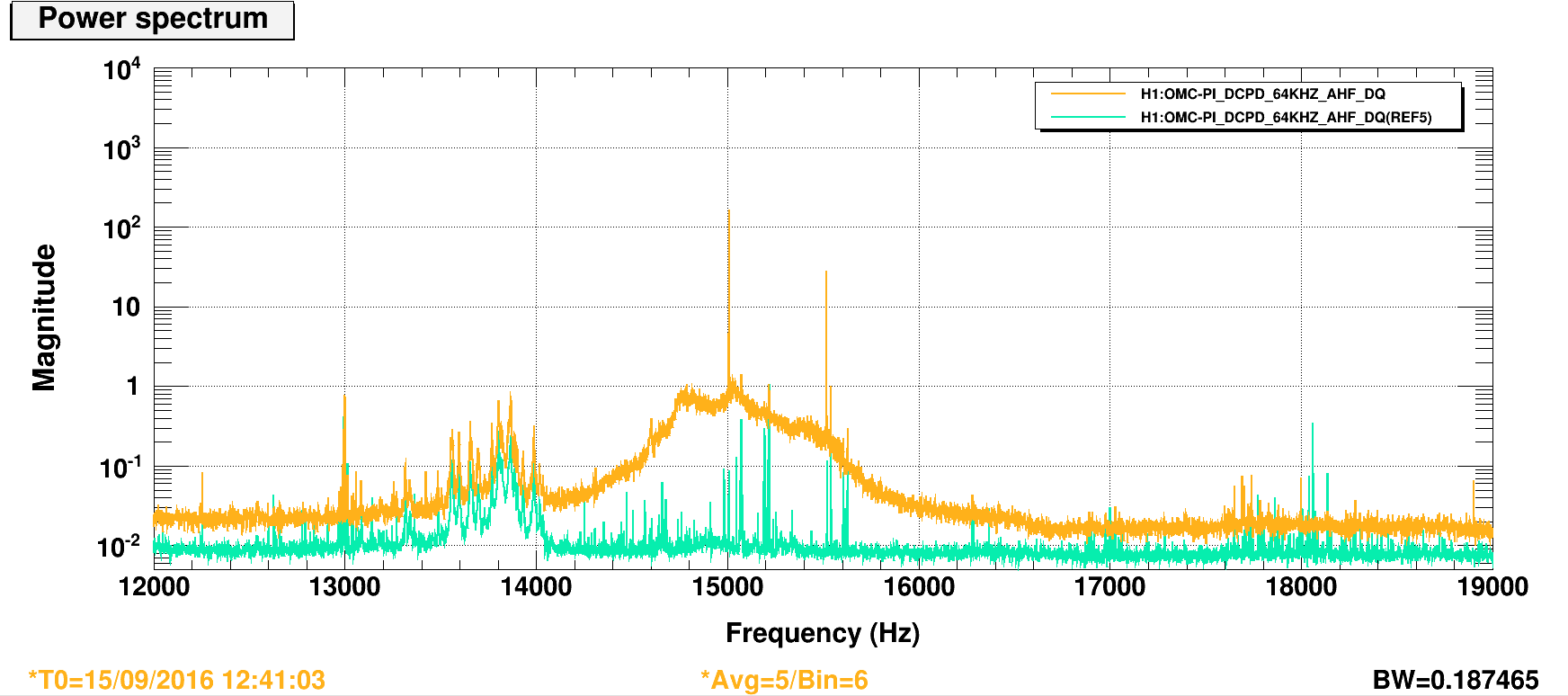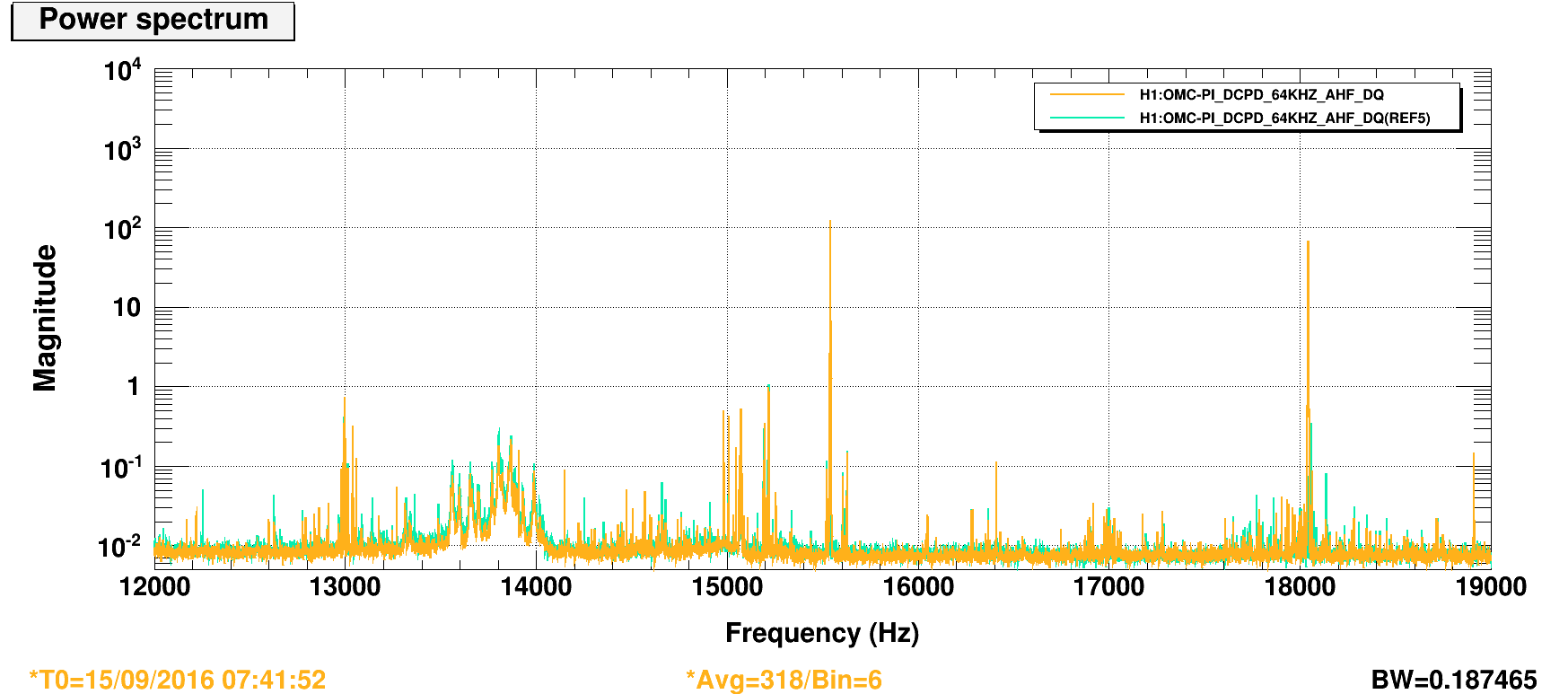model restarts logged for Wed 14/Sep/2016
2016_09_14 09:50 h1psliss
2016_09_14 09:52 h1broadcast0
2016_09_14 09:52 h1dc0
2016_09_14 09:52 h1fw0
2016_09_14 09:52 h1fw1
2016_09_14 09:52 h1nds0
2016_09_14 09:52 h1nds1
2016_09_14 09:52 h1tw0
2016_09_14 09:52 h1tw1
PSL ISS code work with associated DAQ restart.
model restarts logged for Tue 13/Sep/2016
2016_09_13 10:29 h1iopseib2
2016_09_13 10:29 h1isibs
2016_09_13 10:29 h1psliss
2016_09_13 10:30 h1iopseib2
2016_09_13 10:30 h1isibs
2016_09_13 10:31 h1hpibs
2016_09_13 10:33 h1broadcast0
2016_09_13 10:33 h1dc0
2016_09_13 10:33 h1fw0
2016_09_13 10:33 h1fw1
2016_09_13 10:33 h1fw2
2016_09_13 10:33 h1nds0
2016_09_13 10:33 h1nds1
2016_09_13 10:33 h1tw0
2016_09_13 10:33 h1tw1
2016_09_13 12:00 h1iopoaf0
2016_09_13 12:01 h1oaf
2016_09_13 12:01 h1odcmaster
2016_09_13 12:01 h1pemcs
2016_09_13 12:01 h1tcscs
2016_09_13 12:03 h1calcs
2016_09_13 12:03 h1ngn
2016_09_13 12:03 h1susprocpi
2016_09_13 12:53 h1dc0
2016_09_13 12:54 h1broadcast0
2016_09_13 12:54 h1fw0
2016_09_13 12:54 h1fw1
2016_09_13 12:54 h1fw2
2016_09_13 12:54 h1nds0
2016_09_13 12:54 h1nds1
2016_09_13 12:54 h1tw0
2016_09_13 12:54 h1tw1
2016_09_13 13:46 h1iopoaf0
2016_09_13 13:46 h1oaf
2016_09_13 13:46 h1pemcs
2016_09_13 13:46 h1tcscs
2016_09_13 13:47 h1calcs
2016_09_13 13:47 h1iopoaf0
2016_09_13 13:47 h1ngn
2016_09_13 13:47 h1oaf
2016_09_13 13:47 h1odcmaster
2016_09_13 13:47 h1pemcs
2016_09_13 13:47 h1susprocpi
2016_09_13 13:47 h1tcscs
h1seib2, reseat binary IO card in chassis. PSL ISS code change with DAQ restart. DAQ restart for new Vacuum Gauge. OAF 16bit DAC card replacement.
several restarts of test FW2 (not shown).
